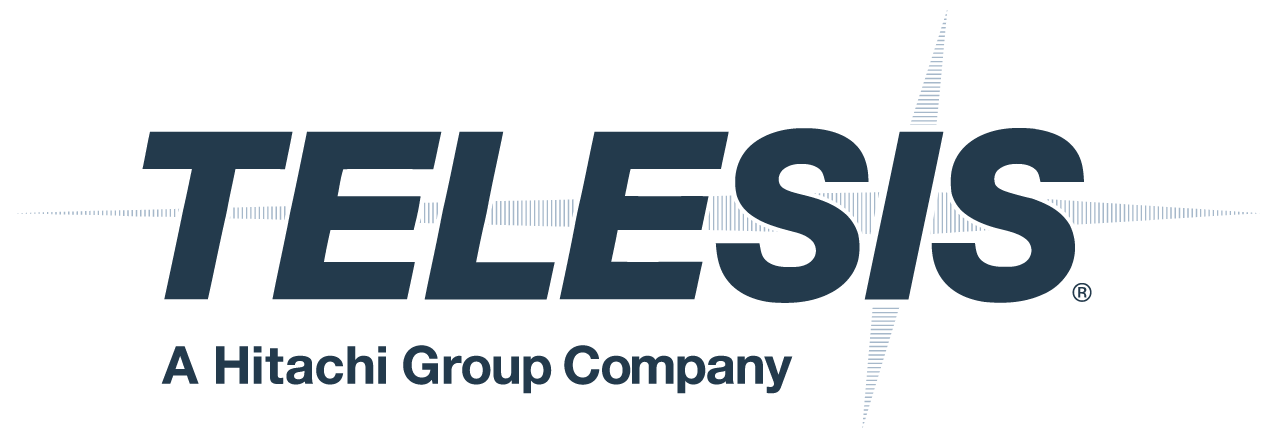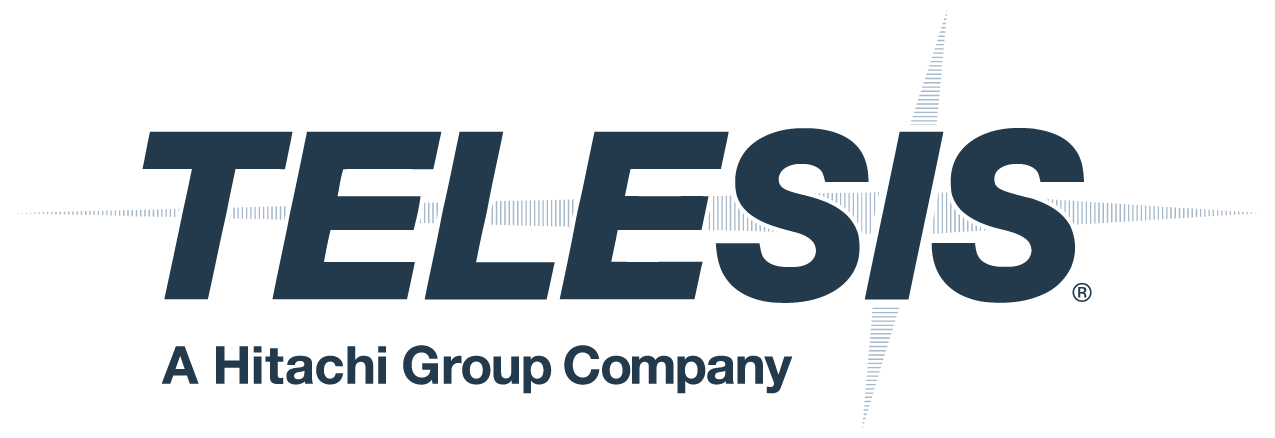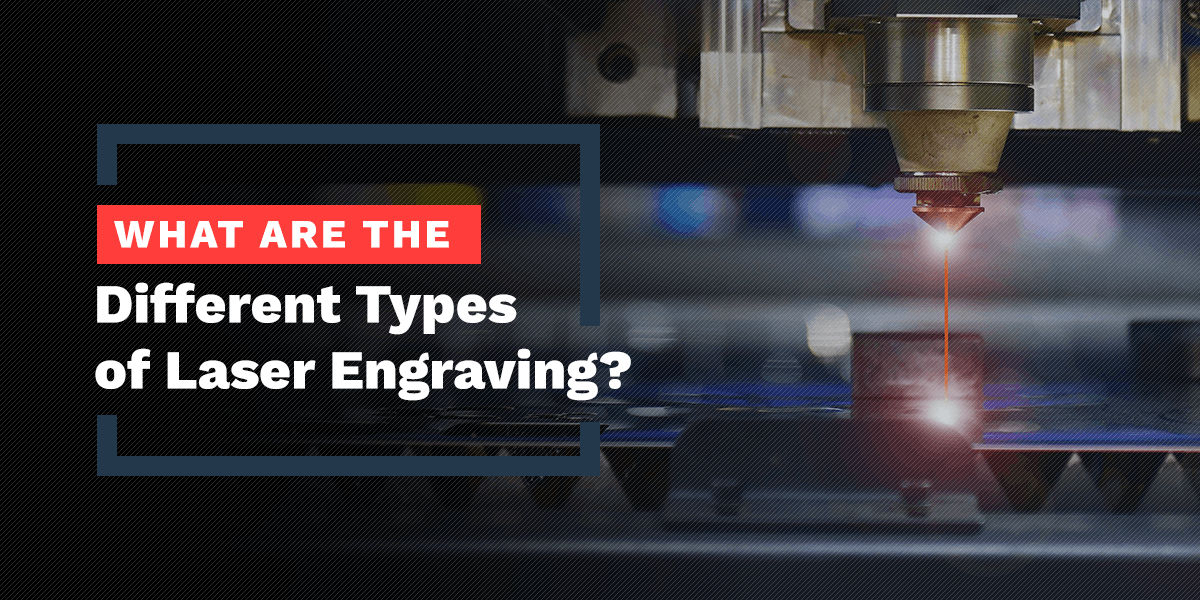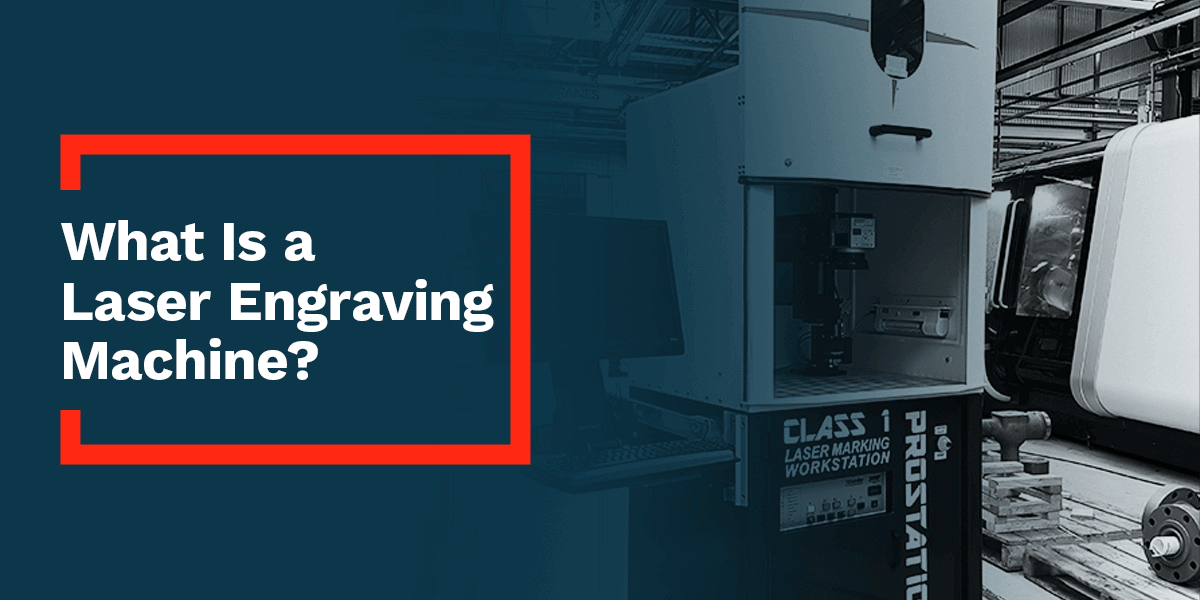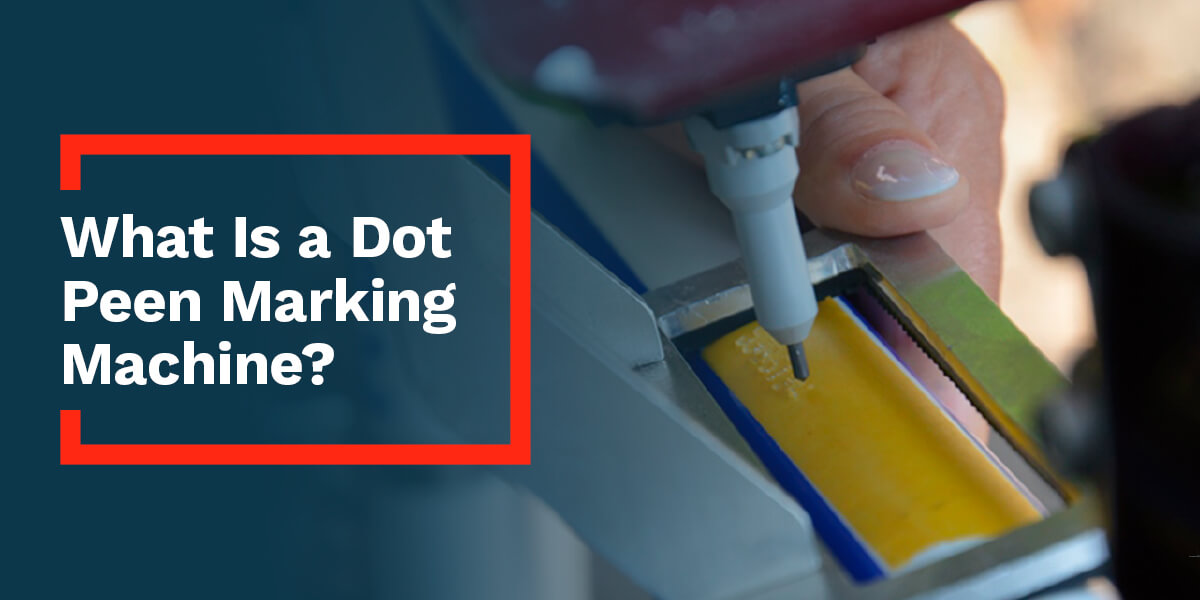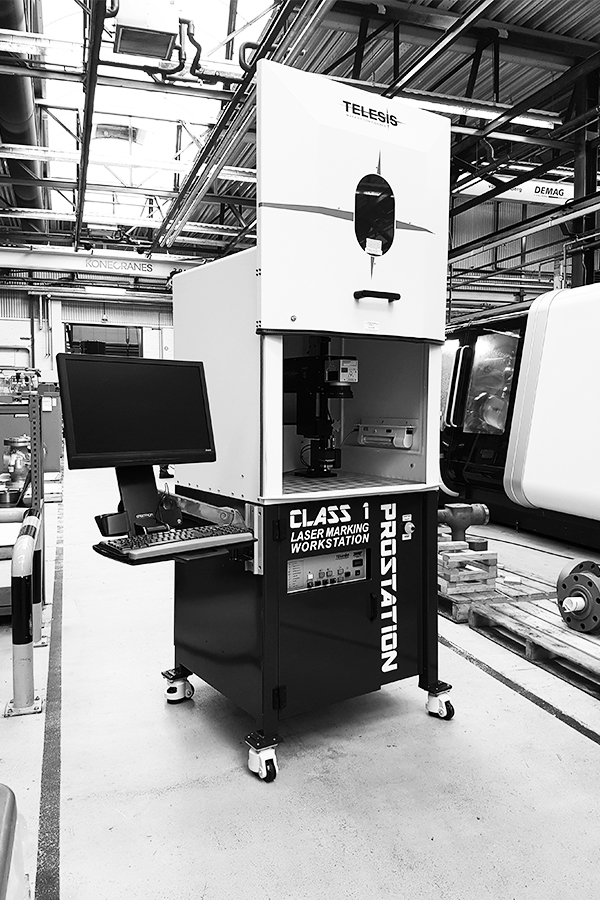
25 Mar Do you need a laser enclosure?
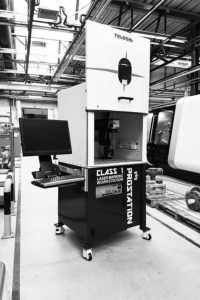 ARE LASER MARKERS SAFE?
ARE LASER MARKERS SAFE?
A manufacturer must always be aware of safety. Lasers can be designed and built to be very safe. A laser beam by itself would have a classification that is created by evaluating the power, wavelength and other factors that can cause harm to the user. Class 4 lasers are the most hazardous lasers because they can cause permanent damage to the eyes or burn the skin. These lasers would be regulated to follow specific guidelines to prevent an accident.
Most marking lasers alone would be classified as a Class 4 laser. Some manufactures will place their lasers in an enclosure to protect the operator but not all enclosed lasers have the same safety controls. If this enclosure has been designed correctly, the laser can have its classification lowered.
THE SAFEST LASER POSSIBLE
Because of the hazards, some manufactures will develop a laser enclosure to protect the operator from the laser beam, but not all safety measures are the same. The enclosures can be built in a way that classifies the laser as a Class 1 laser. Class 1 lasers are very safe but there is a higher safety that can be achieved through CDRH classification. The CDRH classification is the safest classification with the highest safety measures beyond just enclosing the laser. With this classification, it is impossible to create any safety issues unless the safety measures are bypassed or defeated. Another safety factor to look for is if the enclosure is ISO 13849 certified. Some lower quality laser manufacturers skip critical safety features that are critical for a safe laser system.
HOW DO YOU MAKE YOUR LASER SAFE?
With the CDRH Class 1 enclosure, your laser could have a window with glass specifically designed to block the wavelength of the laser beam. This glass allows the operator to see the marking of the laser without the potential of damage to the eyes. The glass should be certified for the wavelength and optical density of the laser.
Interlocks are designed to block the beam in the event that a door is opened or if there is a need to access the area that the beam can fire. The interlocks are connected to a shutter in the laser enclosure that in the event of a trigger, the shutter will drop into block the beam. In a CDRH class laser, there is a dual safety shutter circuit to protect against a failure. This backup circuit will protect against any possibility of the laser light escaping from the laser when the door is open.
Another safety concern is the gasses that can come from marking certain materials. In a well-built enclosure, there will be a ventilation system that is designed to remove the gasses directly where the laser meets the part and expels fumes to a filter system that cleans the contaminates. This is essential, especially when marking plastics.
Telesis Tech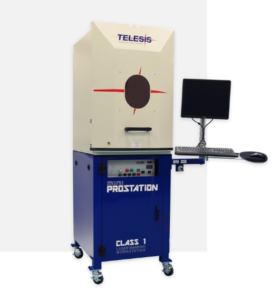 nologies manufactures the highest rated CDRH Class 1 laser enclosures for their lasers. Every Telesis enclosure is ISO 13849 certified and features every safety option listed above. From entry level enclosures perfect for job shops, to the robust Telesis ProStation, Telesis enclosures can be designed as a manual system or a completely automated enclosure.
nologies manufactures the highest rated CDRH Class 1 laser enclosures for their lasers. Every Telesis enclosure is ISO 13849 certified and features every safety option listed above. From entry level enclosures perfect for job shops, to the robust Telesis ProStation, Telesis enclosures can be designed as a manual system or a completely automated enclosure.
Not sure which enclosure is right for you? Talk with an expert today.
Discuss your part marking needs with an expert today // Download the Telesis Product Guide

